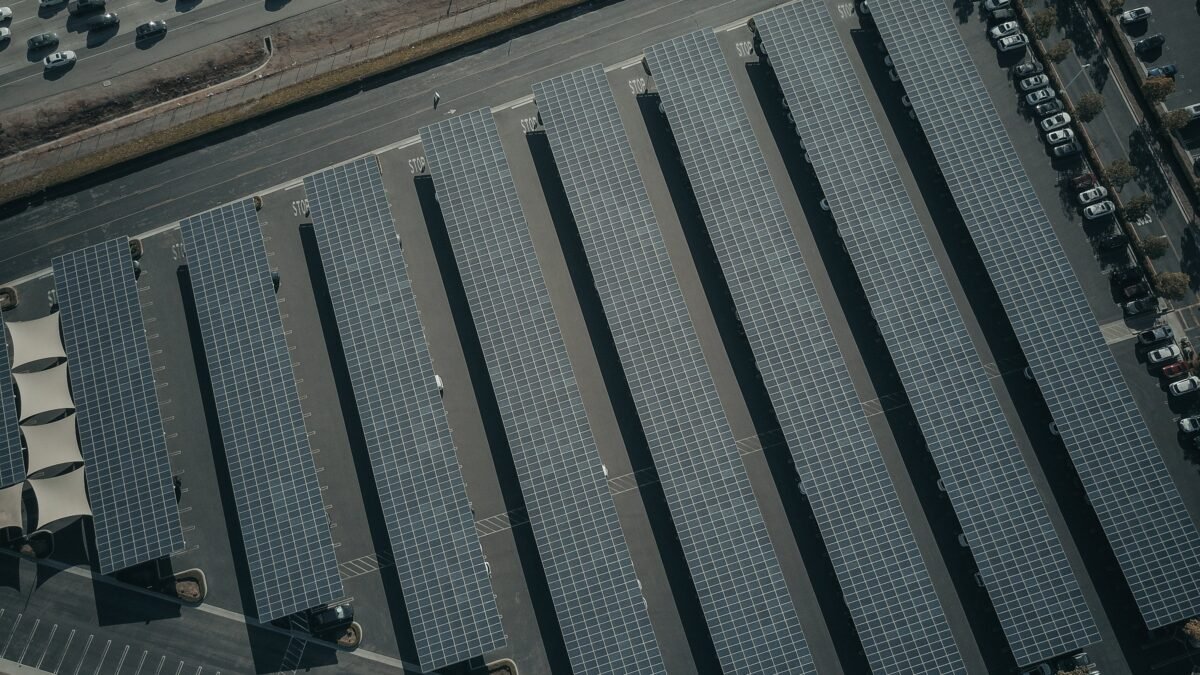Solar panels stand as the vanguard of renewable energy, converting sunlight into electricity and powering a sustainable future. Across the solar landscape, various types of panels offer distinct technologies, efficiencies, and applications. Understanding the differences among these solar panels can guide consumers and industries in selecting the most suitable option for their energy needs.
- Monocrystalline Solar Panels: Renowned for their efficiency, monocrystalline panels are crafted from single-crystal silicon. Their uniform structure allows for higher efficiency rates compared to other types. The panels boast a sleek black appearance and are space-efficient, making them ideal for residential rooftops where space is limited. Although they tend to be costlier due to their manufacturing process, their high efficiency often justifies the investment over the long term.
- Polycrystalline Solar Panels: Polycrystalline panels are manufactured from multiple silicon crystals, making them easily recognizable by their blue speckled appearance. While slightly less efficient than monocrystalline panels, they are cost-effective and perform well under various light conditions. Their affordability and durability make them a popular choice for both residential and commercial installations.
- Thin-Film Solar Panels: These panels are distinct for their flexibility and lightweight design. Thin-film technology involves depositing thin layers of photovoltaic material onto a substrate like glass, metal, or plastic. Amorphous silicon, cadmium telluride, and copper indium gallium selenide (CIGS) are common materials used in thin-film panels. They offer lower efficiency but excel in applications where traditional rigid panels are impractical, such as on curved surfaces or in portable solar products.
- Bifacial Solar Panels: Bifacial panels have the unique ability to generate electricity from both their front and rear sides, capturing sunlight reflected from the ground or surrounding surfaces. This design significantly boosts overall energy production. Typically made with crystalline silicon, these panels are gaining popularity in utility-scale installations and commercial projects due to their increased output potential.
- PERC Solar Panels: Passivated Emitter Rear Cell (PERC) technology enhances the efficiency of traditional crystalline silicon panels. By adding a passivation layer at the rear of the cell, PERC panels reduce electron recombination, increasing electricity production. Their improved performance in low-light conditions and higher temperature tolerance make them a preferred choice for regions with varying weather conditions.
- Cadmium Telluride (CdTe) Solar Panels: Cadmium telluride panels employ a thin-film technology using layers of cadmium telluride to absorb sunlight. They are known for their cost-effectiveness and have a lower environmental footprint during manufacturing compared to traditional silicon-based panels. CdTe panels are often used in large utility-scale installations due to their efficiency in converting sunlight into electricity.
Selecting the most suitable solar panel type depends on various factors, including available space, budget, efficiency requirements, and environmental considerations. While monocrystalline and polycrystalline panels dominate the residential market, thin-film and bifacial panels cater to specialized applications or specific environmental conditions. Advancements in technology continue to push the boundaries of solar panel efficiency, opening doors to innovative solutions for diverse energy needs.
In conclusion, the array of solar panel options reflects the versatility and evolution of solar technology. Each type offers unique characteristics and applications, contributing to the widespread adoption of solar energy across residential, commercial, and utility-scale projects. Understanding the nuances of these panel types empowers consumers and industries to make informed decisions, paving the way towards a more sustainable and solar-powered future.




